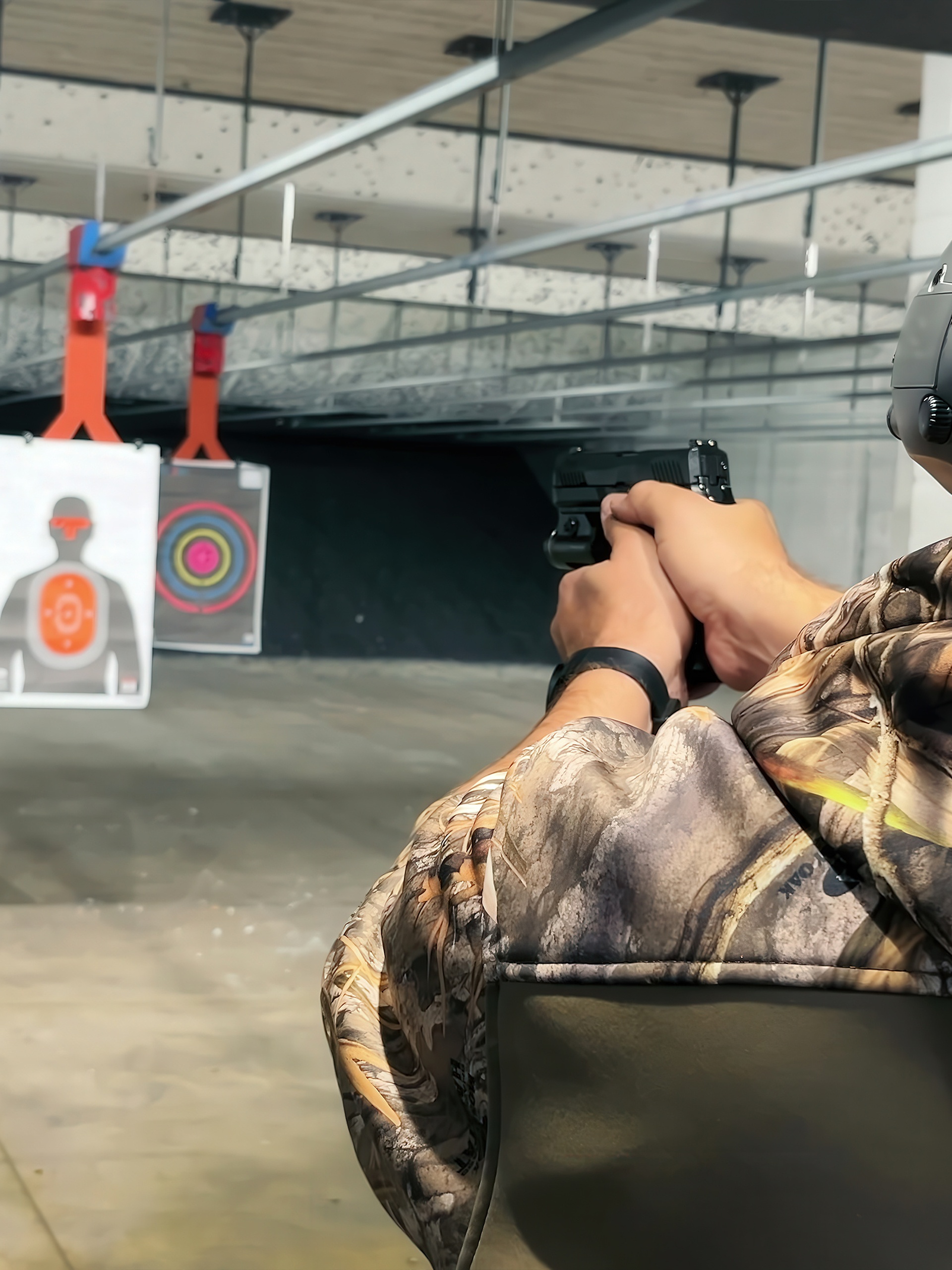Building a shooting range from scratch means every decision matters, from soil conditions to ceiling height. A purpose-built facility gives you total control over the layout and safety. Owners can avoid issues by engineering the entire space around shooting goals and environmental demands. The planning phase is the most critical part of the entire project!
Site Selection and Legal Zoning
The plot of land must offer enough acreage to meet legal conditions for using firearms. Some counties in the US limit where commercial shooting ranges can operate, and those restrictions depend on zoning class, local ordinances, and public land use codes. Properties near residential zones or public infrastructure may have tighter restrictions on sound and boundaries, even if the acreage is ideal.
Builders should verify firearm usage approval in writing before spending time on design or prep. Those who truly know about ground-up range construction understand that legal groundwork begins long before design ever does.
Structural Design and Ballistic Containment
Ballistic safety starts at the architectural stage, not during installation. Designers must account for angles of fire, material deflection, and bullet containment in every wall, ceiling, and trap system. They should also balance structural features, including overhead baffles and backstops, with operational goals, such as line capacity or target automation.
Indoor and outdoor construction have different risks. For instance, poorly engineered traps on an indoor range create ventilation hazards, while berm erosion on outdoor sites reduces long-term containment. No plan succeeds without full coordination between ballistic experts and structural engineers.
Utilities, Systems, and Access Infrastructure
Ventilation, HVAC, and power systems control the entire facility. Installers can’t trench after foundation pours or route lead capture lines once framing closes up, so every wire and drain must reach its endpoint before materials arrive.
Poor sequencing leads to major delays when inspectors flag missing emergency features or fire controls. Utility needs will multiply if the site offers night operations, camera monitoring, or controlled access gates. Forward-thinking builders coordinate utilities like a weapons system—every part must connect to function under pressure.
Financial Planning and Private Lending Options
New ranges require capital across multiple categories: land acquisition, structural work, utility installs, permits, and equipment. Many lenders shy away from range projects due to perceived legal risk or a lack of industry context, which is why you should use a private lender for construction loans.
Private lenders who are familiar with firearms facilities move quickly, adapt to custom timelines, and accept unique collateral arrangements when traditional banks won’t. Their insight shapes realistic schedules that align with construction milestones, not bank committee delays. When you know about ground-up range construction, you understand the importance of securing private lending.
Permitting, Timelines, and Compliance Factors
Each jurisdiction sets unique permitting timelines, safety benchmarks, and inspection cycles for gun range builds. Delays can occur when stormwater systems, noise studies, or fire safety plans fail inspections.
Schedules get tighter when multiple agencies require overlapping approvals—especially for commercial or public-access builds. Some builders hire permitting consultants to avoid resubmissions or last-minute redesigns. A range built for long-term operation starts with a compliance-first mindset.
Casey Cartwright
Latest posts by Casey Cartwright (see all)
- Modern Gear You Should Have for Your Next Camping Trip – May 9, 2025
- What To Know About Ground-Up Range Construction – May 9, 2025
- 5 Safe Places To Park Your Car for an Overnight Hunting Trip – May 8, 2025

Leave a Reply